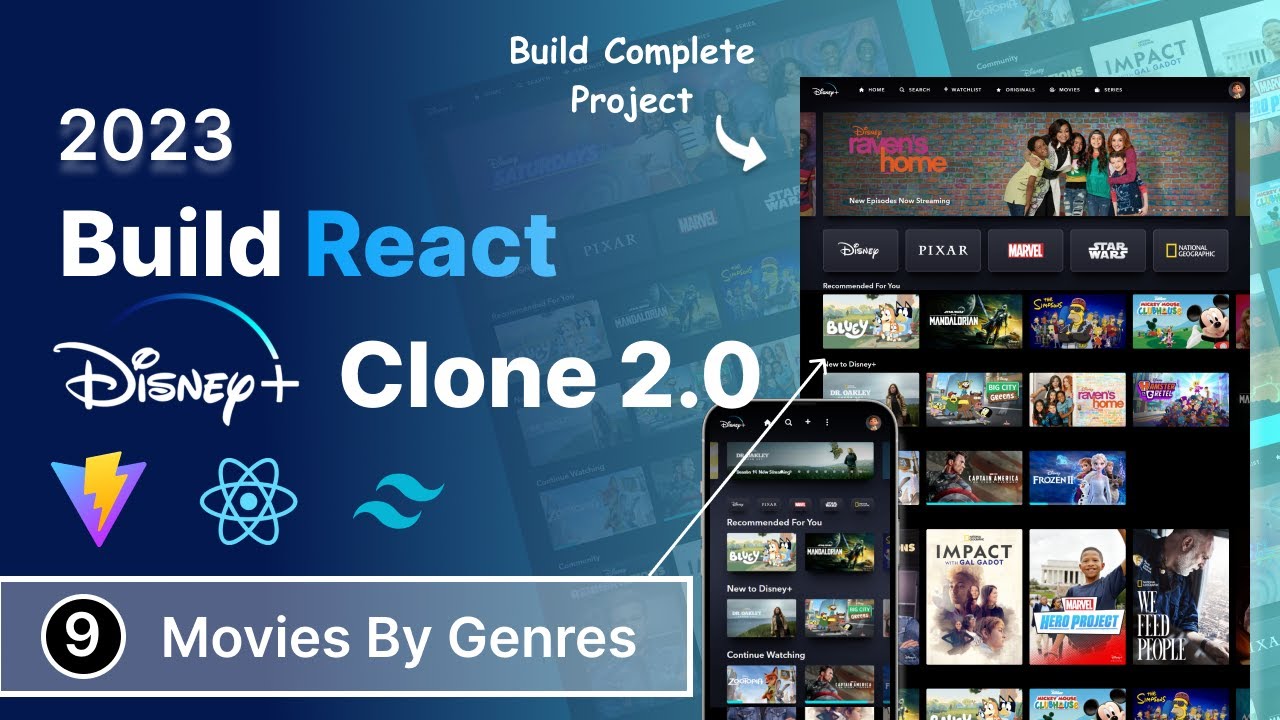Address
[wueseai_login_modal button_text="Sign In Now" button_class="px-6 py-3 bg-green-500 text-white rounded-full"]
Work Hours
Monday to Friday: 7AM - 7PM
Weekend: 10AM - 5PM
Address
[wueseai_login_modal button_text="Sign In Now" button_class="px-6 py-3 bg-green-500 text-white rounded-full"]
Work Hours
Monday to Friday: 7AM - 7PM
Weekend: 10AM - 5PM

This article guides you through building a dynamic movie list based on genres using React. We’ll cover fetching data from an API, structuring your components, and styling your movie lists to create an engaging user experience. An accompanying video walks through the full process.
Learn how to create a React component that displays movie lists filtered by genre. We’ll use a public movie database API to fetch movie data and then organize it by genre. This involves creating a component to iterate through a list of genres, fetching movies for each genre using an API, and displaying them in a user-friendly format. The guide also covers basic styling to improve the visual appeal of the movie lists.
Before diving into the code, ensure your React project is set up. You’ll need a basic React application with the necessary dependencies installed, such as react, react-dom, and any HTTP client library you prefer (e.g., axios or fetch). Create a components folder to house the React components you’ll be building.
First, you’ll create a component that iterates through a list of genres and displays them. This component will serve as the foundation for fetching and displaying movies for each genre.
Start by creating a file named GenreMovieList.jsx (or .js if you’re not using JSX). Inside this file, create a functional component that accepts a list of genres as a prop. This component will then map over the genre list and display each genre name.
For example, if you have a list of genres like "Action," "Comedy," and "Drama," this component will render each genre name. Add some basic styling to the genre names to make them visually appealing.
To dynamically generate the genre list, you’ll need to fetch genre data from an API. Many movie databases offer APIs that provide genre information.
Create a constants folder with a genreList.js file. In this file, store an array of genre objects. Each object should have an id and a name property. The id will be used to fetch movies for that specific genre.
You can obtain the genre IDs and names from a movie database API like TMDb. This API provides a list of genres with unique IDs that you can use to filter movies.
Next, create a MovieList.jsx (or .js) component that will display the movies for a specific genre. This component will receive the genre ID as a prop and use it to fetch movies from the API.
Inside the MovieList component, make an API call to fetch movies based on the genre ID. Use the useEffect hook to ensure that the API call is made when the component mounts or when the genre ID changes.
Once you have the movie data, map over the list of movies and display them in a visually appealing manner. You can include movie posters, titles, and brief descriptions.
Now, integrate the MovieList component into the GenreMovieList component. Pass the genre ID from the GenreMovieList component to the MovieList component as a prop.
This will ensure that each genre in the GenreMovieList component displays the corresponding movies fetched by the MovieList component. By passing the genre ID, you create a dynamic relationship between the genre list and the movie lists.
Styling is crucial for making your movie lists visually appealing. Use CSS or a CSS-in-JS library like Styled Components to style your components.
Add styles to the genre names, movie posters, titles, and descriptions. Consider using a grid or flexbox layout to arrange the movies in an organized manner. You can also add hover effects or animations to enhance the user experience.
For example, you can use the className attribute to apply CSS classes to your elements. Use classes for text size, color, font weight, and padding. Consider using responsive design techniques to ensure that your movie lists look good on different screen sizes.
To enhance visual appeal, consider adding margins and padding to your elements. Use different font weights to highlight important information, such as movie titles. You can also add borders or background colors to create visual separation between movies.
Here are some frequently asked questions about creating genre-based movie lists in React:
Implement error handling using try...catch blocks or the .catch() method when making API calls. Display user-friendly error messages to inform users when something goes wrong.
Yes, you can use any movie database API that provides genre and movie data. Ensure that the API provides the necessary endpoints and data structures for your application.
Implement pagination by adding a "Load More" button or using infinite scrolling. Fetch additional movies from the API when the user clicks the button or scrolls to the bottom of the page.
Optimize performance by using techniques such as lazy loading, memoization, and code splitting. These techniques can help reduce the initial load time and improve the overall responsiveness of your application.
You can add search functionality by creating a search input field and filtering the movie list based on user input. Use the useState hook to manage the search query and update the movie list dynamically.
By following this guide, you can create a dynamic and visually appealing movie list based on genres in React. This involves fetching data from an API, structuring your components effectively, and applying appropriate styling. The result is an engaging user experience that allows users to explore movies by genre.
Credit: Creator
Credit: Writer
Credit: Reviewer